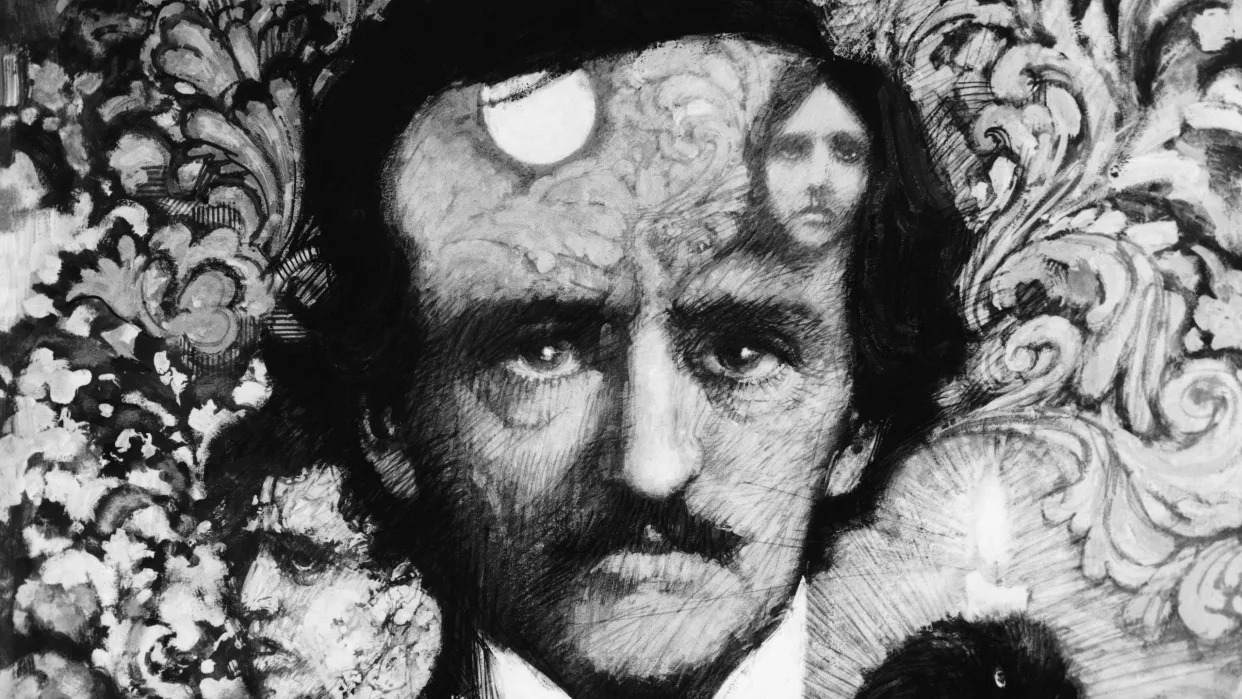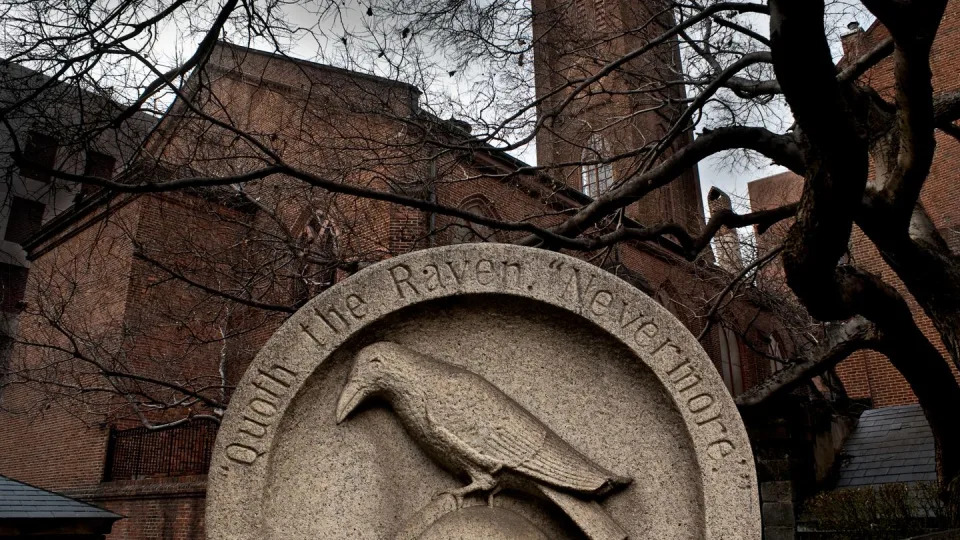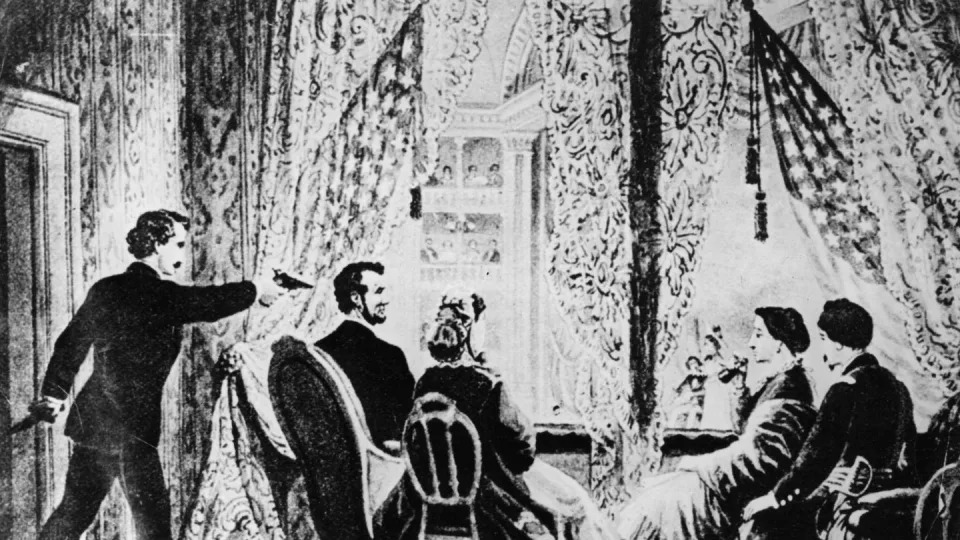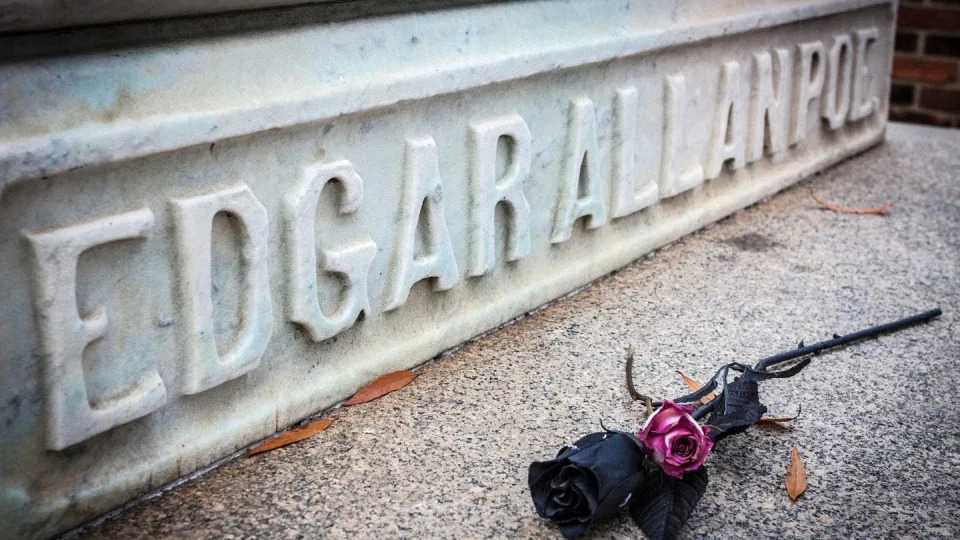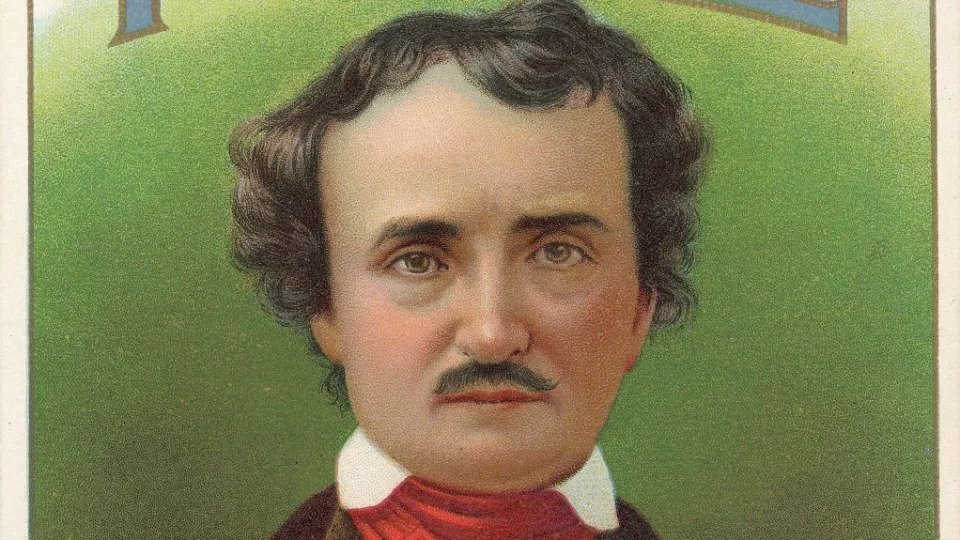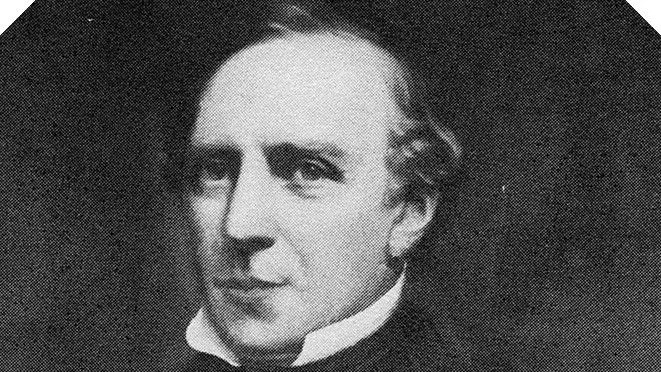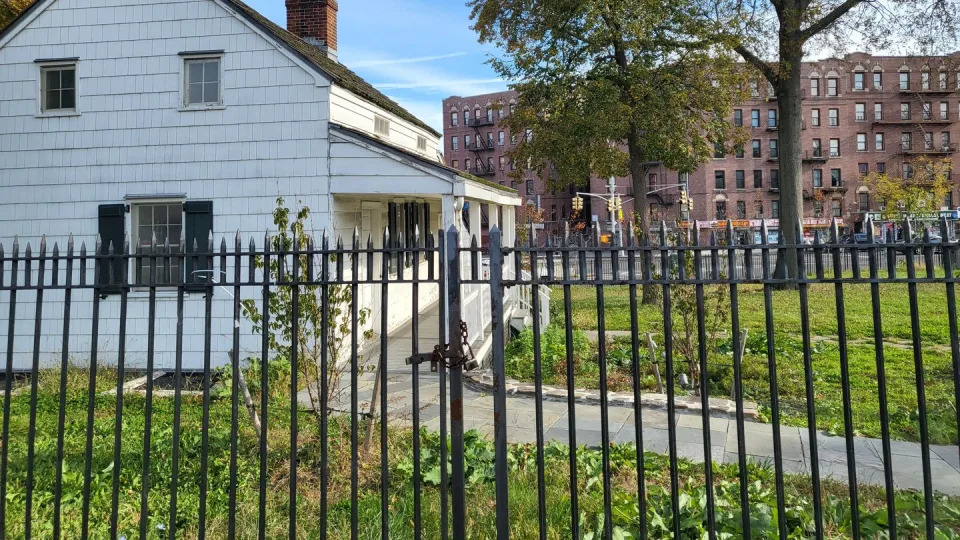Paris (AFP) – The Seine will play a starring role in this summer's Paris Olympics, with the opening ceremony set to take place on the river, which will also host swimming events.
Issued on: 25/04/2024 -

Here are things you need to know about the storied waterway.
From Vikings to D-Day
From wars to revolutions and the Covid-19 pandemic, most of the seismic events in French history have played out along the banks of the Seine.
The Vikings travelled up the river on their longboats in the 9th century, torching Rouen in 841 and later besieging Paris.
In 1944, Allied forces bombed most of the bridges downstream of Nazi-occupied Paris to prepare the ground for the D-Day landings which led to the liberation of western Europe.
A little over a decade later, a young Queen Elizabeth II was treated to a cruise on the Seine for her first state visit to France after taking the throne.
It was also to the Seine that Parisians flocked in 2020 when allowed out for air during the start of the Covid-19 pandemic.
- Monet's muse -
French impressionist master Claude Monet spent his life painting the river from different viewpoints.

Hollywood starlet Doris Day, British rock singer Marianne Faithfull and US crooner Dean Martin all sang about it.
And during one of her raging rows with her songwriter partner Serge Gainsbourg, singer and actress Jane Birkin jumped into it.
The Seine has long inspired artists, authors, musicians... as well as legions of couples who have sworn their undying love by chaining personalised padlocks to the bridges of Paris.
- Barging ahead -
Taking a cruise on the Seine is on most visitors' bucket lists, but the Seine is also a working river, used to transport everything from grain to Ikea furniture to the materials used for the construction of the Olympic Village.

Around 20 million tonnes of goods are transported on France's second-busiest river each year -- the equivalent of about 800,000 lorry-loads.
Diving in
Swimming in the Seine, which was all the rage in the 17th century when people used to dive in naked, has been banned for the past century for health and safety reasons.

But that's all about to change, with France spending 1.4 billion euros ($1.5 billion) to clean it of faecal matter and other impurities before the Olympics.
The open-water swimming events and triathlon will start at Pont Alexandre III, a marvel of 19th century engineering near the foot of the Champs-Elysees, with the Eiffel Tower looming in the background.
Beyond the Games, Paris wants to open the river to bathers, with President Emmanuel Macron promising he'll lead the charge and take the plunge.
Mind the python
Cleaning up the Seine also has its macabre side. Between 50 and 60 corpses a year are fished out of the water.
Dredging of the river in recent years has also come up with voodoo dolls with pins stuck in them, a (dead) three-metre-long python, an artillery shell dating back to the Franco-Prussian war of 1870 and the trophy of the Six Nations rugby tournament, dropped during a victory party on the river after France's win in 2022.
© 2024 AFP
The guardian angels of the source of the Seine
Source- Seine (France) (AFP) – The river Seine, the centrepiece of the Paris Olympics opening ceremony in July, starts with a few drops of water in a mossy grotto deep in the woods of central France.

And not a day goes by without Jacques and Marie-Jeanne Fournier going to check the source only a few paces from their door.
"I go there at least three times a day. It's part of me," 74-year-old Marie-Jeanne told AFP.
Her parents were once the guardians of the source, and now that unofficial mantle has fallen on her and husband Jacques.
Barely 60 souls live in the village of Source-Seine in the wooded hills north of Dijon.
By the time the tiny stream has reached the French capital 300 kilometres away it has become a mighty river 200 metres (219 yards) wide.
But some mornings barely a few damp traces are visible at the source beneath the swirling dragonflies. If you scratch about a bit in the grass, however, a small stream quickly forms.
The source -- one of two spots where the river officially starts -- bubbles up through the remains of an ancient Gallo-Roman temple built about 2,000 years ago, said Jacques Fournier, 73.
Celtic goddess
But you could easily miss this small out-of-the-way valley. There are few signs to direct tourists to the statue of the goddess Sequana, the Celtic deity who gave her name to the river.
In the mid-19th century Napoleon III had a grotto and cave built "where the source was captured to honour the city of Paris and Sequana," said Marie-Jeanne Fournier.
Her parents moved into a house next to the grotto and its reclining nymph in the early 1950s when she was four years old.
Her father Paul Lamarche was later appointed its caretaker and would regularly welcome visitors. A small stone bridge over the Seine while it is still a stream is named after him.
"Like most children in the village in the 1960s," Fournier learned to swim in a natural pool in the river just downstream from her home.
"It was part of my identity," said Fournier, who has lived all her life close to rivers. She retired back to Source-Seine to run a guesthouse because "the Seine is a part of my parents' legacy".
The Olympic flame is due to be carried past the site on July 12 on its way to Paris.
The couple will be there to greet it, but as members of the Sources of the Seine Association, they are worried how long the river will continue to rise near their home.
Every year the grotto has become drier and drier as climate change hits the region, where some of France's finest Burgundy wines are produced.
"My fear is that the (historic) source of the Seine will disappear," said Marie-Jeanne Fournier. "Perhaps the source will be further downstream in a few years."
© 2024 AFP
Paris dream of swimming in the Seine finally within reach
Paris (AFP) – Going for a dip in the Seine on a hot summer's day has been the pipedream of many a Parisian since swimming in the river was formally banned a century ago.
Issued on: 25/04/2024

But floating on your back under the Eiffel Tower could very soon become reality thanks to the Paris Olympics.
The river will be the star of the opening ceremony of the Games on July 26 and will host the triathlon and the swimming marathon. Then, if all goes well, next summer Parisians and tourists will be able to dive in too.
Like Zurich and Munich before it, Paris has been reclaiming its river with one of three new urban "beaches" to open under the windows of its historic town hall next year, with another almost at the foot of the Eiffel Tower.
Nearly 30 more -- complete with pontoons, showers and parasols -- are planned for the suburbs and along the Marne, which flows into the Seine just east of the French capital.
Once regarded as an open-air dump, former French president Jacques Chirac first floated the idea of swimming in the Seine in 1990.
But it was the current mayor Anne Hidalgo who really ran with the idea, making it a pillar of her Olympic bid in 2016.
Some 1.4 billion euros has been spent on colossal public works to counter pollution, with Hidalgo vowing to swim in the Seine herself in late June. French President Emmanuel Macron says he too will take the plunge -- but is coy about saying exactly when.

For many it feels like a long-held fantasy is finally within reach -- a return to an 18th-century idyll when Parisians splashed naked in the Seine.
Failed water quality tests
But there is a big if to all this: the sometimes sharp fluctuations in the Seine's water quality after storms.
Disastrous Olympic test events last August have raised doubts over whether the triathletes and marathon swimmers will be allowed to race for gold in the river.
Most of the events had to be cancelled because the water failed to meet European standards on two bacterias found in faeces.
Unusually violent downpours and a faulty valve in the sewage system were blamed.
But it prompted the reigning Olympic marathon champion Ana Marcela Cunha to call for a "plan B".
"The health of athletes should come before everything," the Brazilian great told AFP.

What happened to lifeguard Gaelle Deletang will not reassure her.
The 56-year-old, a member of the French capital's aquatic civil defence team, got "diarrhoea and a rash" after swimming in the Seine in central Paris this winter, with the river looking decidedly brown in March as flood water poured over some of its banks.
Several other volunteers "had a bug for three weeks... and everyone had stomach upsets", she added.
Young adventurer Arthur Germain -- who happens to be the mayor of Paris's son -- also came across "zones where I had trouble breathing" from both industrial and agricultural pollution when he swam the whole 777-kilometre length of the Seine in 2021.
In deepest rural Burgundy -- days before he got anywhere near Paris -- he measured levels of faecal matter well above EU limits for swimming. Further north he swam past farmers spraying pesticides by the riverbank.
His "worst day", however, was a few kilometres downstream from the capital as he passed a sewage works at Gennevilliers.
Sofas, scooters and corpses
Yet there was progress in the summer of 2022, when the Seine passed EU water quality tests at three test points in Paris, only to fail at all 14 in the capital last year.
With five big anti-pollution plants due to come on stream in the weeks leading up to the Games, Paris mayor Hidalgo was bullish on Tuesday, saying the "quality of the water will be right up there.
"We are going to make it despite all the scepticism," she declared.
His 20-metre (65-foot) catamaran Belenos sucks up rubbish from dead leaves and plastic bags to bicycles.
Delorme, 36, has seen it all. "Scooters, sofas, dead animals, and once or twice a year, human corpses. You get used to it," he told AFP.
But year after year, the rubbish the boat hoovers up has been falling, from a high of 325 tonnes to 190 tonnes in 2020.
The push to make the Seine swimmable for the Olympics has accelerated a French government plan to limit waste water and sewage getting into both it and the river Marne.
A 2018 law obliges the boats and barges that line the Seine to be hooked up to the city's sewers to stop them flushing directly into the river. Officials said by March almost all were following the rules.
"Uncontrolled flushing has a major impact on faecal bacteria in the river," said Jean-Marie Mouchel, professor of hydrology at the Sorbonne University.
Another problem was leakage from sewage pipes from some 23,000 homes in the suburbs, with shower and toilet water being discharged directly into the environment.

But by going door-to-door offering subsidies to get them fixed and threatening penalties if they were not, four out of 10 of these faulty connections have so far been corrected.
"We have gone from 20 million cubic metres to two million cubic metres of discharges into the Seine per year in recent years," said Samuel Colin-Canivez, head of major works for the Paris sewer network.
- The return of fish -
Hydrologist Jean-Marie Mouchel has seen big signs of improvement in the river's health, with better "oxygenation, ammonium and phosphate levels".
While the Seine "has not become a wild river again", it now has "more than 30 species of fish, compared with three in 1970", said the professor.
Bill Francois, who fishes up to five times a week near Pont Marie in the historic heart of Paris, caught a surprisingly large catfish the day he talked to AFP -- the likes of which he never expected to find in the Seine.

The 31-year-old physicist also hooked a small perch, which are becoming more and more numerous. Half a century ago "there were none left", he said.
Other fish that need far higher water quality are also returning, he said, as well as "insects, crustaceans, little shrimps, sponges and even jellyfish".
For microbiologist Francoise Lucas, who has been following efforts to clean the Seine for years, the weather will ultimately decide the fate of the Olympic events on the river
"Everything that could be done (technically) has been done," Lucas told AFP.
Massive treatment plants
Upstream from the capital, one of the newly modernised sewage plants is using an innovative treatment method based on performic acid -- an "organic disinfectant" -- according to Siaap, the body that deals with the Paris region's waste water and sewage.

It insists the acid is safe and "rapidly disintegrates even before coming into contact with the natural environment."
Not far away, a new stormwater control station is also coming online. Dug deep underground at Champigny-sur-Marne to the southeast of Paris, it is designed to stop the river being polluted by heavy downpours.
As well as catching the stormwater, it filters and cleans it to remove floating debris and counters bacteria with ultraviolet lamps before the water is released into the Marne.
And as a final safety net to avoid a recurrence of the nightmare Olympic test events last summer, a huge new stormwater cistern is opening at Austerlitz on the eastern edge of central Paris. Fifty metres (164 feet) wide and 30m deep, it can hold the equivalent of 20 Olympic swimming pools worth of water.
A veritable underground cathedral, it is there to stop stormwater flooding the sewers and overflowing into the Seine.

Even so, "statistically there are a few rainstorms a year for which it won't be totally sufficient", admitted prefect Marc Guillaume, Paris's top state official.
Urban beaches
"We had forgotten about the Seine," said Stephane Raffalli, mayor of the riverside Paris suburb of Ris-Orangis, where one of the nearly 30 new urban beaches will open next year. "There are people who have lived here for years who have never walked along the banks of the river."
Yet suburbanites were still swimming in the Seine until the 1960s and right up to the 1970s in the Marne, where riverside lidos called "Little Trouville" or "Deauville in Paris" did their best to summon up the holiday atmosphere of English Channel beach resorts.
In Champigny-sur-Marne, the old "beach" had "a kind of small pool where children were able to touch the bottom," recalled 74-year-old Michel Riousset. "Everyone had their own cabin."

Back to the future: the beach on the Marne at Champigny-sur-Marne in 1936. It is due to reopen again next year
Ris-Orangis hopes to have its old river pool complete with cabins, first built around 1930, back in service next year.
"We have conducted pollution studies over a long period, and it is safe" to swim in the river, the mayor insisted.
With climate change, and the prospect of summer temperatures hitting 50 degrees Centigrade (122 Fahrenheit) in Paris, the need for somewhere to cool off in summer has never been greater.
But some have already taken the plunge. On a warm evening last July about 20 swimmers were enjoying the Seine off the Ile Saint Denis, where the Olympic Village has been built.
Josue Remoue swims in the river three times a month from May to October.
"I've never been sick," said the 52-year-old civil servant. "The water is dodgier at the edge, generally I don't linger there." And he never "goes underwater".
Remoue takes to the water on Sundays or in the evening to avoid barge traffic.

On the night AFP joined his group, the water was a bit earthy but not murky. With the temperature at 25C, the scene along the riverbank was almost bucolic despite the nearby tower blocks.
"It's completely different from swimming in a pool," said Celine Debunne, 47, as she emerged from "a super two-kilometre swim.... I love swimming like this."
© 2024 AFP
